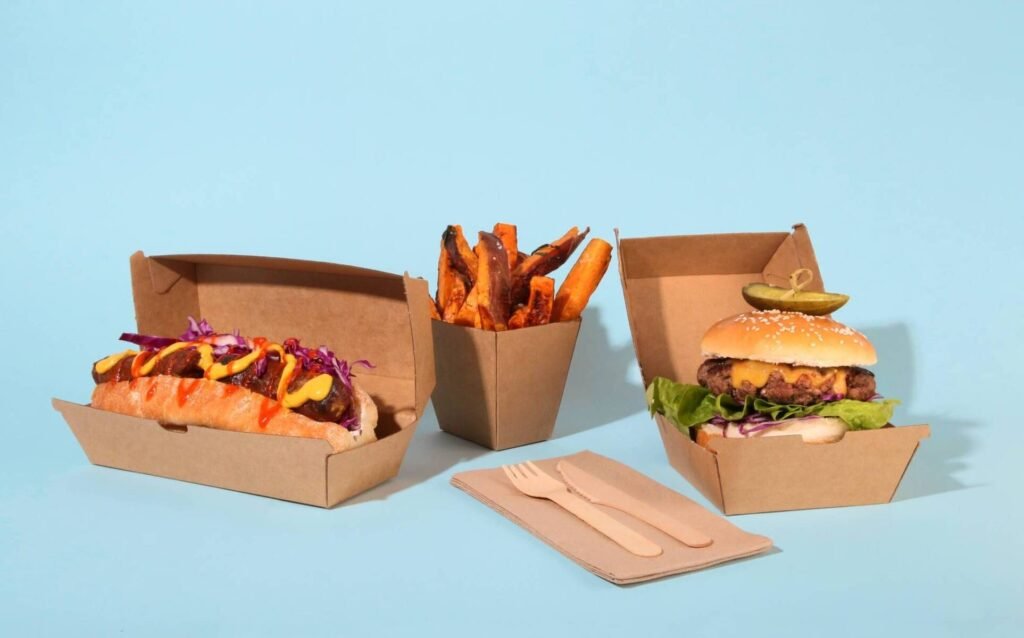The world of burger packaging has come a long way in recent years, spurred by growing environmental concerns, the need for improved functionality, and an overall shift towards a more aesthetically pleasing presentation. These changes are being driven not only by the evolving demands of consumers but also by advancements in materials science, design, and manufacturing techniques.
One of the most significant factors influencing the development of innovative burger packaging solutions is environmental sustainability. Traditional packaging options, especially those made from plastic and non-recyclable materials, have raised alarms due to their contribution to landfills and oceanic pollution. Nowadays, more and more businesses are opting for eco-friendly materials such as biodegradable cardboard, compostable containers, and even reusable options.
For example, some companies have started using plant-based plastics that degrade much faster than conventional plastics. These materials not only reduce the carbon footprint but also offer a comparable level of durability and usability. Such innovations are essential in a world where environmental impact is as crucial as product performance.
Functionality and User Experience
Functionality is another critical aspect of burger packaging that is attracting significant interest. Traditional burger wrappers and boxes often fall short in maintaining the burger’s warmth, preventing spillage, and offering ease of use. Modern packaging solutions aim to address these issues through thoughtful design.
Take, for instance, the advent of heat-retaining containers that keep the burger warm without turning it soggy. These containers are often insulated and have vents to allow steam to escape, thus maintaining the burger’s texture and flavour. Another example is the use of smart, compartmentalised boxes that separate the burger from condiments and sides, ensuring that every element stays fresh and intact.
Aesthetic Appeal: Marrying Form and Function
Aesthetics play a vital role in the overall dining experience. Today’s consumers are not just looking for a delicious burger; they also want an Instagram-worthy presentation. Modern burger packaging solutions often incorporate eye-catching designs and innovative structures that enhance the visual appeal. Brands are increasingly making use of customisable options that allow them to showcase their unique identity while also offering a memorable unboxing experience.
An example of such innovation is the use of transparent windows on burger boxes. This seemingly small addition can significantly elevate the dining experience by allowing customers to see their delicious meal even before they open the box. Some forward-thinking companies are even experimenting with augmented reality (AR) features that can be scanned using a smartphone, offering an interactive experience.
Challenges and the Road Ahead
However, it’s important to note that these innovative solutions come with their own set of challenges. The primary concern remains the cost of production. Sustainable materials and advanced manufacturing technologies often require a higher initial investment, which can be a deterrent for smaller businesses. Additionally, designing functional yet aesthetically pleasing packaging that stays cost-effective is no small feat.
Despite these hurdles, the future of burger packaging looks promising. Continuous research and development are likely to yield new materials and designs that offer a balance between cost, functionality, and environmental impact. Consumer awareness about sustainable choices will further drive the demand for innovative packaging solutions.
In summary, the landscape of burger packaging is undergoing a significant transformation, driven by the need for sustainability, enhanced functionality, and visual appeal. As both consumers and businesses grow more conscious of their environmental footprint, the push for innovative solutions in burger packaging is likely to gain even more momentum. Whether it’s through the use of biodegradable materials, heat-retaining designs, or aesthetically pleasing features, the future of burger packaging promises to be both exciting and eco-friendly.



